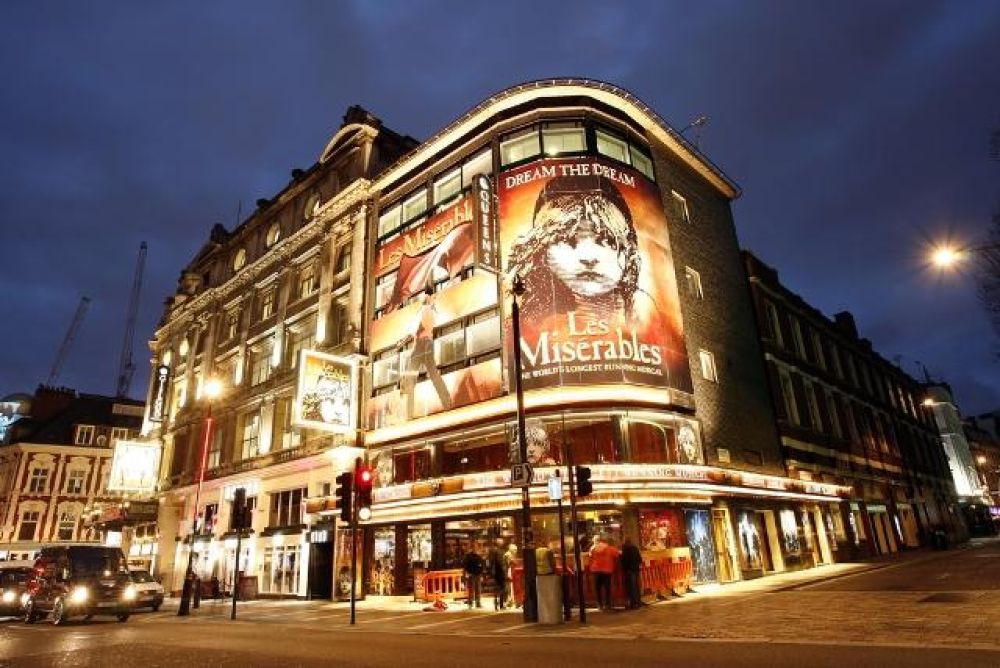

The West End of London is renowned globally for its vibrant theatre scene, which rivals Broadway for its quality and diversity of live theatre. Known colloquially as "Theatreland," this area boasts a significant history that has deeply influenced both local and international arts and culture.
The history of the West End theatres is interwoven with the history of London itself. It began in the early 17th century with the opening of the Theatre Royal on Drury Lane in 1663. This historic venue is often considered the first West End theatre. Alongside it, the Royal Opera House, established in 1732, began drawing in crowds keen for entertainment.
As London expanded in the 19th century, so too did its theatre district. With the construction of more theatres and the introduction of gas lighting, performances became more elaborate and evening shows more prevalent. By the turn of the century, the West End was firmly established as a centre for theatre.
The late 19th and early 20th centuries are often referred to as the "Golden Age" of West End theatre. During this time, many of the most significant and still-operating theatres were constructed, such as The Savoy Theatre and The Lyceum Theatre. This era saw the debuts of legendary playwrights like Oscar Wilde and masterpieces that have stood the test of time.
The World Wars brought challenges to the West End, but the theatre district persisted, offering solace and escapism to a population plagued by the harsh realities of war. Post-World War II, the West End saw a resurgence, with iconic shows like "The Mousetrap" opening in 1952, which still runs today and holds the record for the longest-running show in the world.
In recent years, West End theatres have continued to evolve, embracing technology and new performance styles to keep up with the changing tastes of audiences. Long-running musicals like "Les Misérables," "Phantom of the Opera," and "Cats" have defined modern commercial theatre and are synonymous with the West End experience.
Today, despite challenges such as the rise of digital media and the impacts of events like the COVID-19 pandemic, the West End remains a symbol of London's commitment to live theatre. Revivals of classic plays and innovative new works continue to draw audiences from around the world.
The latest tourism trends in the West End have seen a shift towards more immersive theatre experiences, as well as an increased desire for behind-the-scenes access. Theatre tours and themed walking tours offer insights into the fascinating history of the area's venues.
Another trend is the rise of headline stars, with well-known actors from film and television treading the boards to bring in crowds. The growth of online booking platforms and last-minute ticket apps has also made attending West End shows more accessible to a wider audience.
To accommodate international visitors, many performances now offer subtitles in multiple languages, and accessibility has improved in historic theatre buildings to cater to patrons with different needs.
The West End continues to play a central role in London's tourism, and its theatres remain vital cultural institutions that contribute to the city's status as a world-class destination for arts and entertainment.